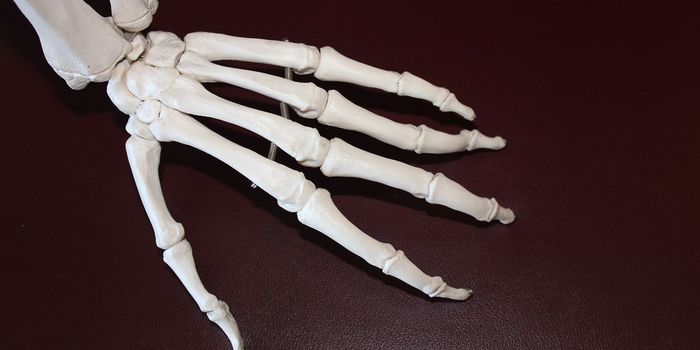Are Standing Desks Really All That?
“Sitting is the new smoking” is a common phrase that healthcare providers and fitness experts are using to get people to understand that a largely sedentary life is just as dangerous as smoking cigarettes. Having a job that involves being in one spot all day, with limited opportunities to get up and walk around has been shown to impact weight, cardiovascular health, and physical fitness.
Some workplaces have turned to standing desks, urging employees to spend part of their workday standing up. The desks are adjustable and can be raised or lowered for sitting or standing up. Computer monitors and keyboards can be placed more ergonomically and, on the whole, working at a standing desk is supposed to be better than spending 8-10 hours sitting.
Research published last month in the European Journal of Preventative Cardiology suggested that working at a standing desk could boost weight loss compared to sitting all the time. Two other research studies, one in 2015 and one in 2014 also touted the benefits of adjustable desks and more time spent out of an office chair. As frequently happens though, more research comes out and shows a different result. A recently published study from Australia’s Curtin University found that standing up wasn't always helpful. A survey there, with 20 healthy adults, asked participants to work standing up for 2 hours each day. The scientists then measured cognitive function, muscle fatigue, limb swelling and general mental state. This study, unlike previous research projects, did not show much in the way of benefits from standing.
The authors wrote, “Due to concerns about excessive sedentary exposure for office workers, alternate work positions such as standing are being trialled. However, prolonged standing may have health and productivity impacts, which this study assessed. The observed changes suggest replacing office work sitting with standing should be done with caution.”
So what did these workers report? The study revealed that discomfort was increased in all body areas. Also, fatigue was more prevalent and reaction time slowed significantly, as did the workers’ general mental state. Creative problem solving increased, but not by a lot. In an article on News.com Australia, David Hall, occupational health chair at the Australian Physiotherapy Association stated, “We’re sort of facing two opposing problems in the health and well-being space. A lot of jobs have a predominance of sitting, and a lot have a predominance of standing [such as retail]. We advise people to mix those two in an intuitive, natural way, much like how we’d use our body on the weekend. The challenge in any workplace is to try and allow people to have a natural flow between sitting, standing and moving. What we know is you shouldn’t sit for longer than 30 minutes at a time, but similarly different types of issues start to kick in after standing for a long period.”
Research published last year and conducted by scientists at the University of Ontario showed that in jobs where there were long periods of standing, workers had almost an almost identical incidence of heart disease (6.6%) than workers who smoked or were obese (5.8% and 6.9% respectively.) Having a workplace that is ergonomically designed is one way to boost employee health, but finding just the right combination of movement and rest is something that could use more study.
Sources: News.Com AU The Washington Post The Telegraph Newsweek









